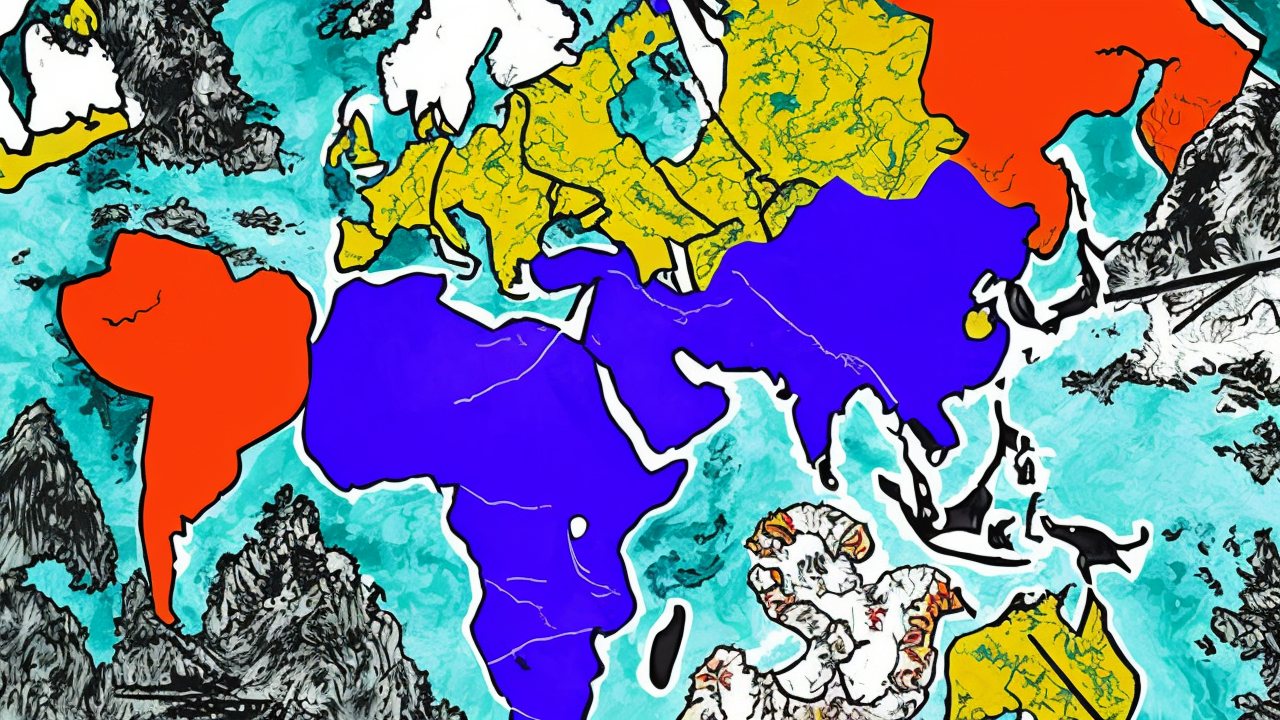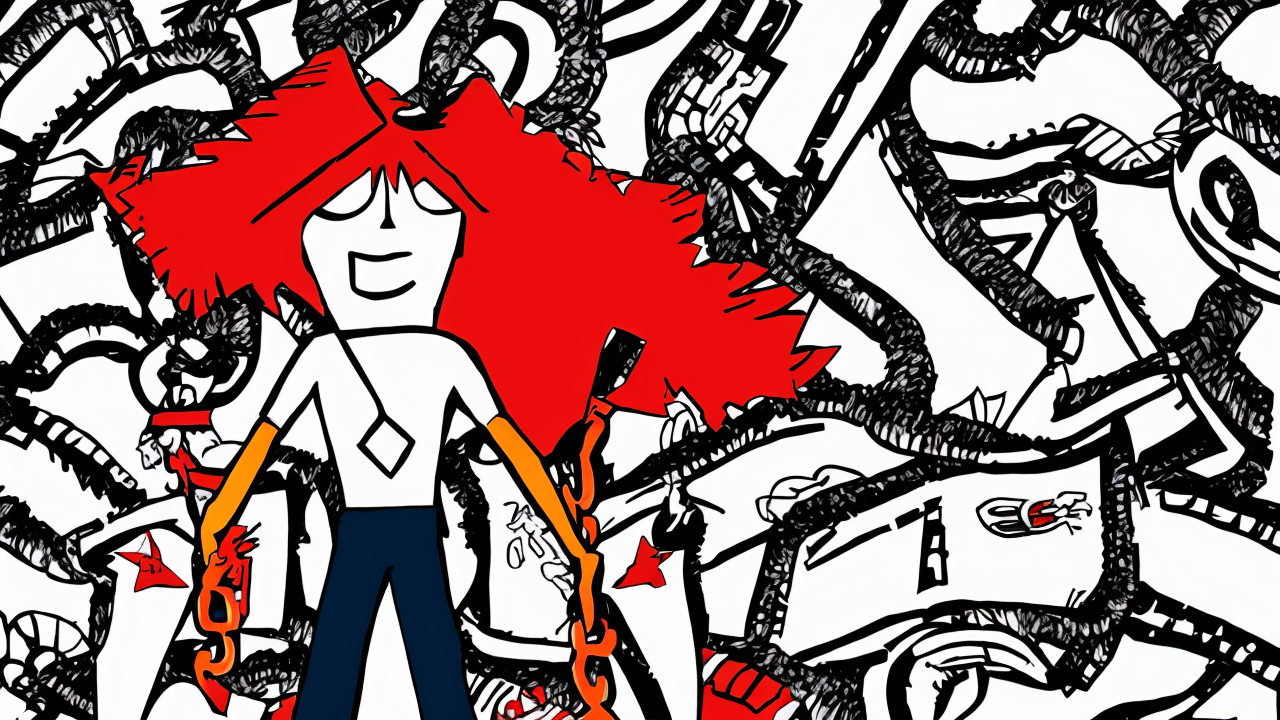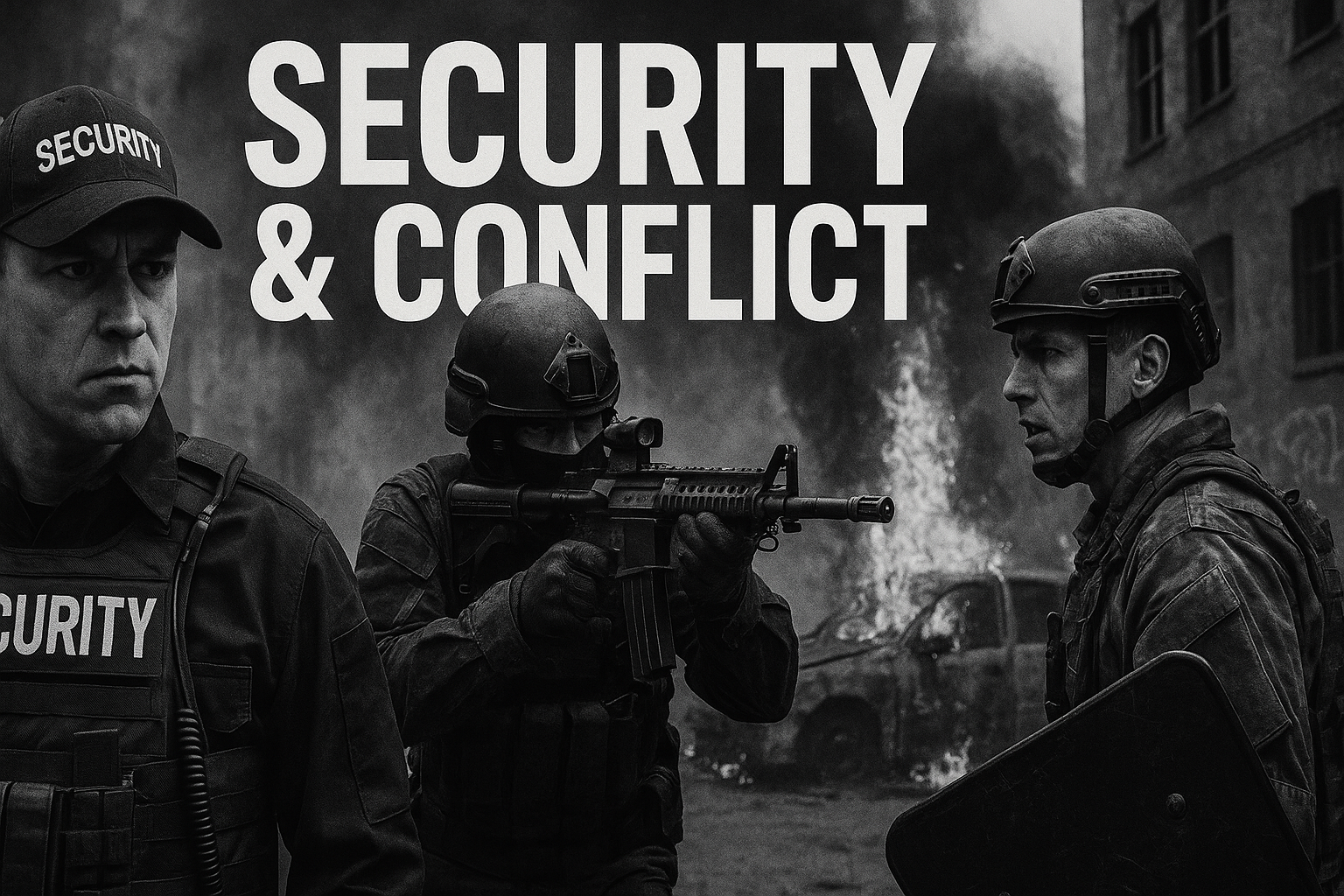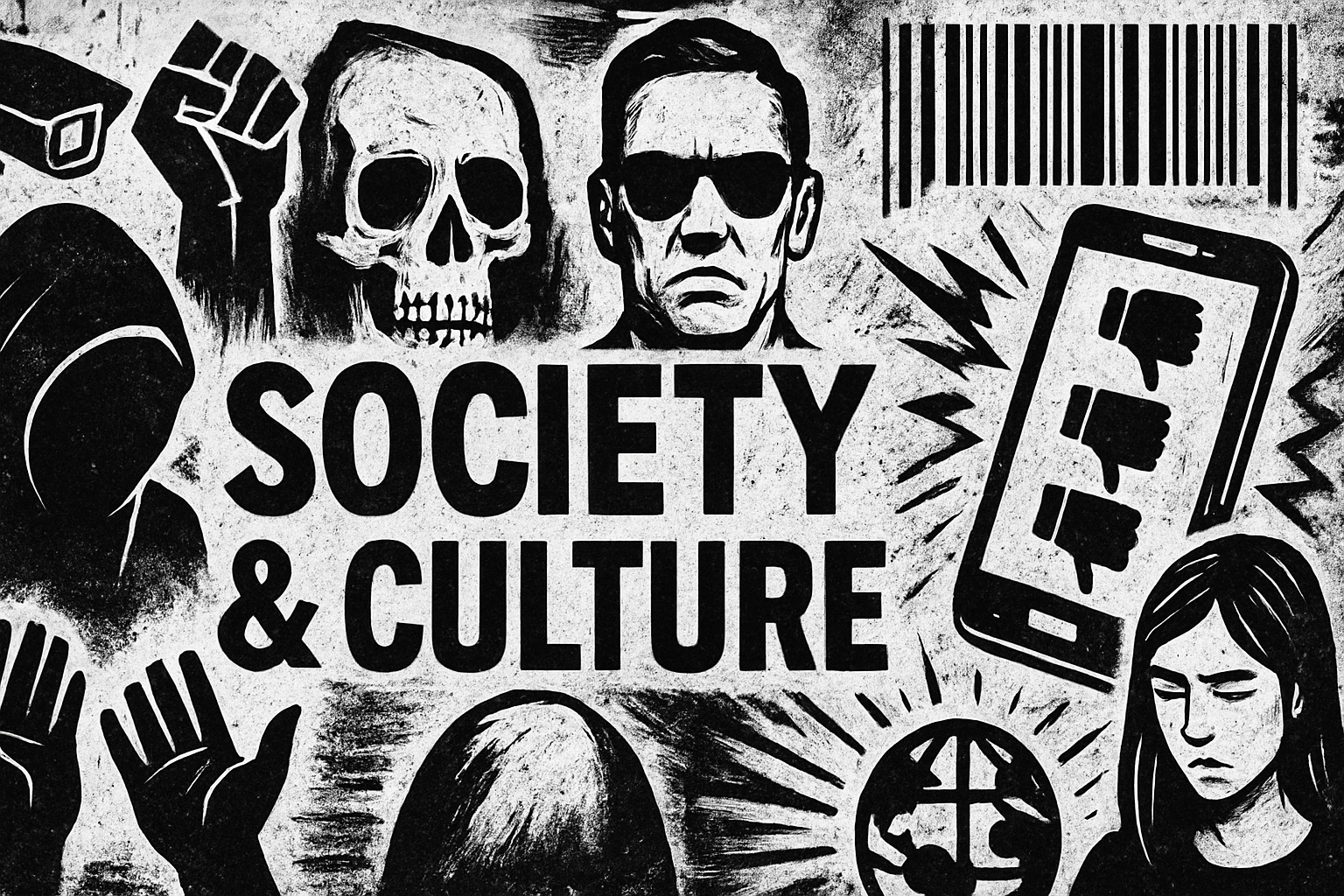Polio Eradication Efforts Stumble Amid Mismanagement and Resistance
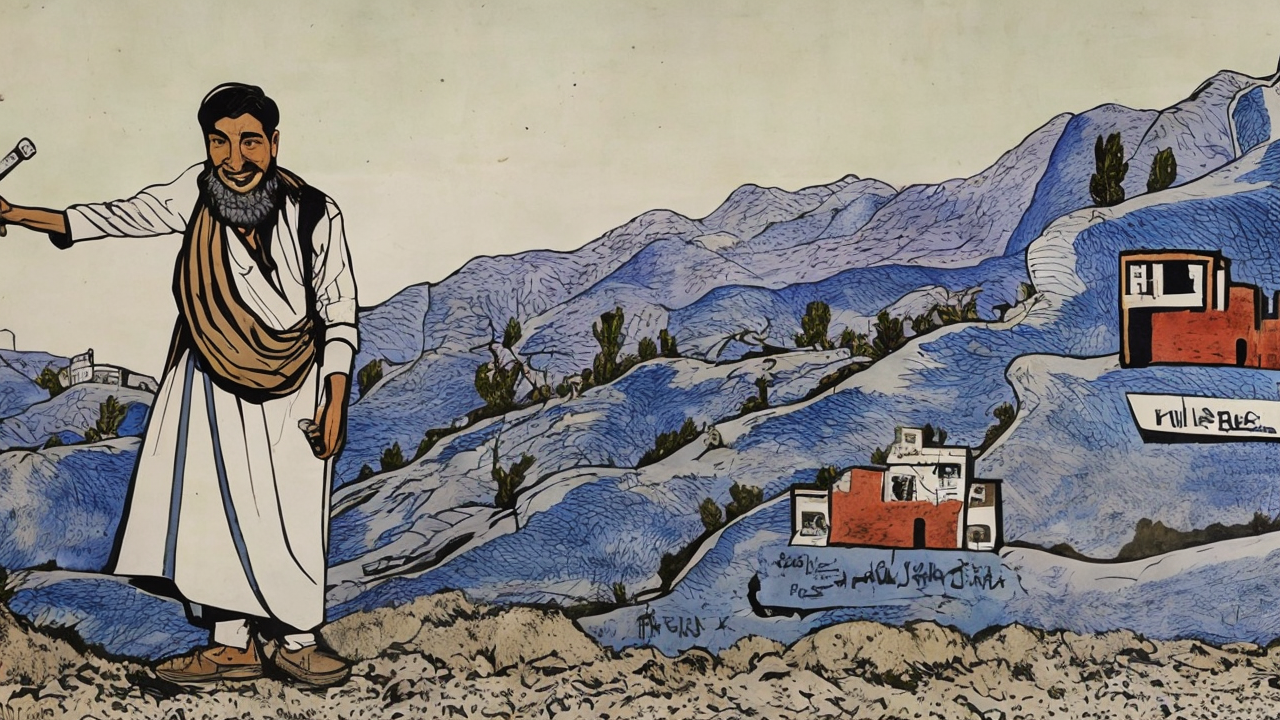
The global push to eliminate polio, a disease that has paralyzed millions, faces significant setbacks in Pakistan and Afghanistan, the last two countries where the virus remains endemic. Despite decades of efforts and billions of dollars invested, the campaign has been plagued by mismanagement, misinformation, and resistance from local communities.
Healthcare workers like Sughra Ayaz have reported widespread issues, including falsified vaccination records, improper vaccine storage, and untrained personnel administering doses. Internal WHO documents reveal that these problems have persisted for years, with local staff repeatedly raising concerns to senior managers who failed to address them.
The oral polio vaccine (OPV), a cornerstone of the eradication strategy, has proven effective but carries risks. While rare, the live virus in the OPV can cause paralysis in recipients or mutate into vaccine-derived strains, sparking new outbreaks. Critics argue that the continued reliance on OPV, despite its flaws, reflects a failure to adapt strategies and transition to the safer inactivated polio vaccine (IPV).
Public mistrust of vaccination campaigns has deepened due to cultural barriers, false rumors about the vaccine's effects, and past missteps, such as the CIA's fake hepatitis campaign in Pakistan in 2011. Villagers often demand basic necessities like food and clean water over vaccines, highlighting the broader health and infrastructure challenges in the region.
WHO officials defend progress, citing the successful eradication of polio in India and the protection of millions of children. However, independent experts and former staffers urge a rethink of the campaign's approach, emphasizing the need for greater accountability, community engagement, and a shift away from the outdated OPV strategy.
With polio cases rebounding and multiple eradication deadlines missed, the campaign's future hangs in the balance. Without systemic reforms and a renewed focus on transparency and trust, the goal of ending polio by 2029 may remain elusive.
Published: 8/5/2025

